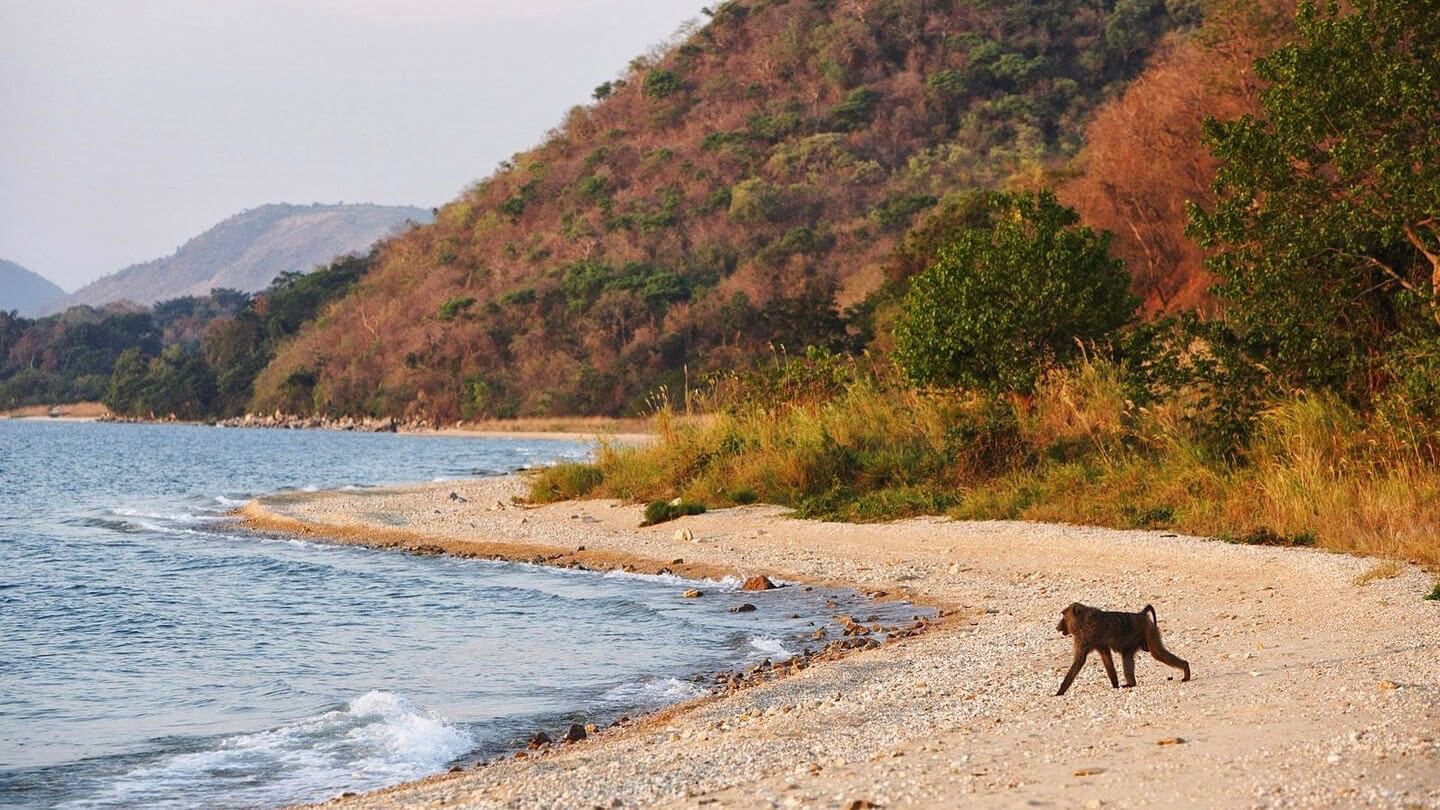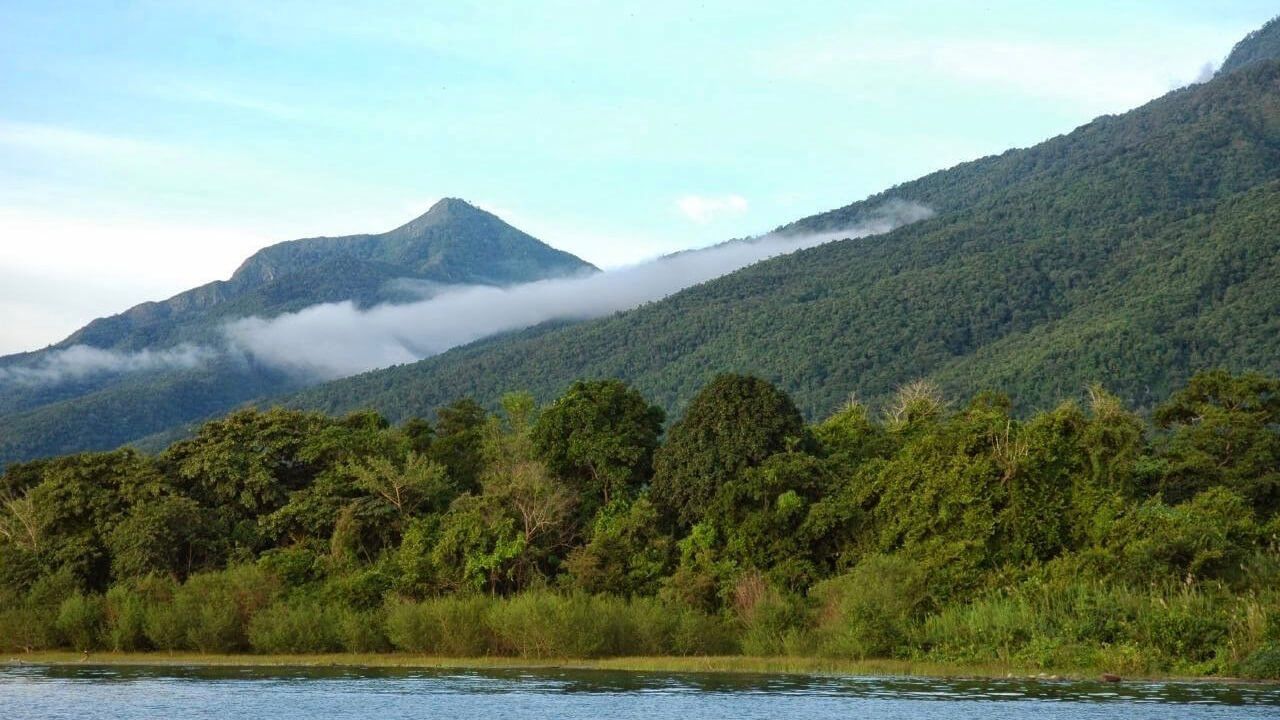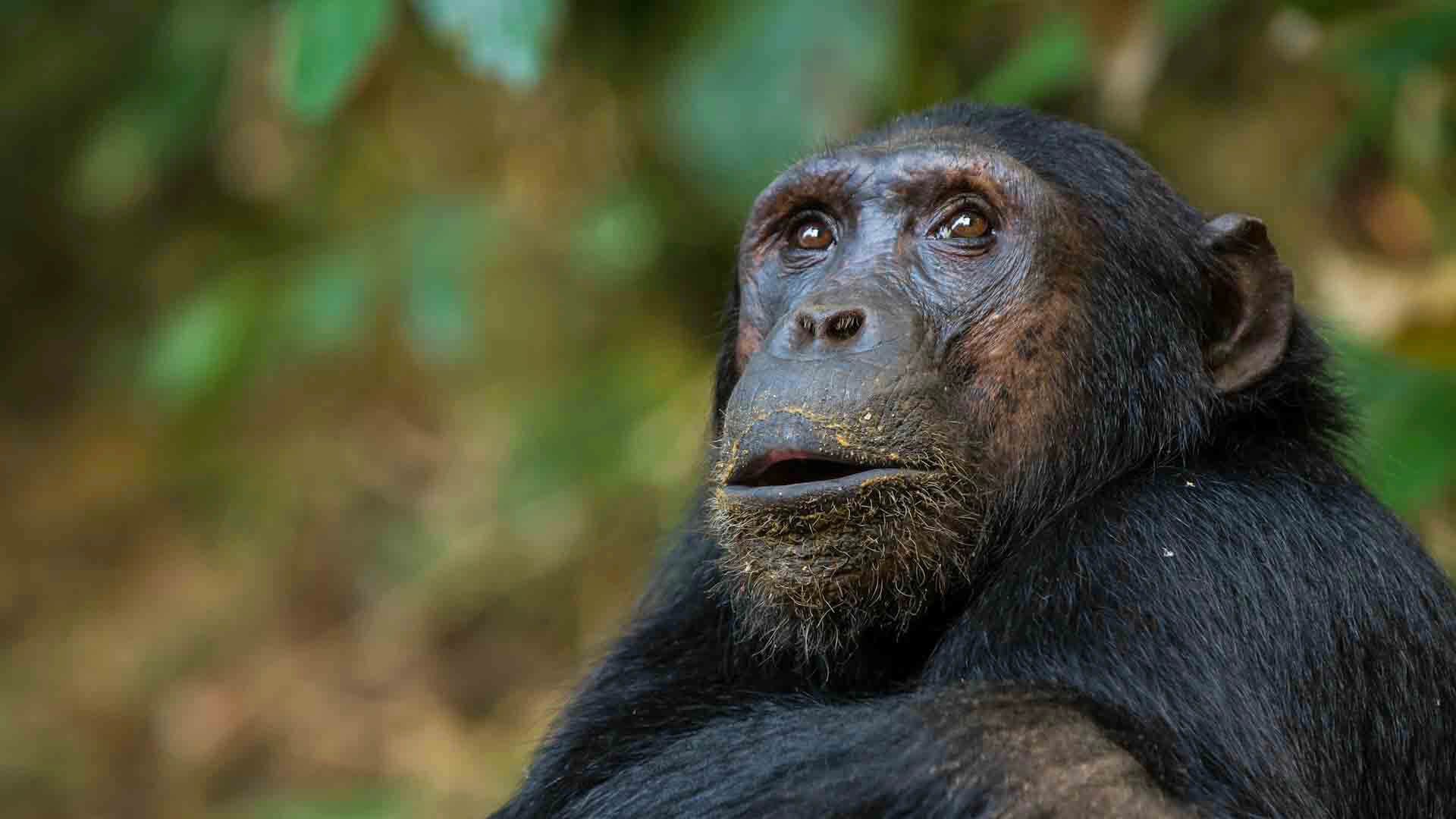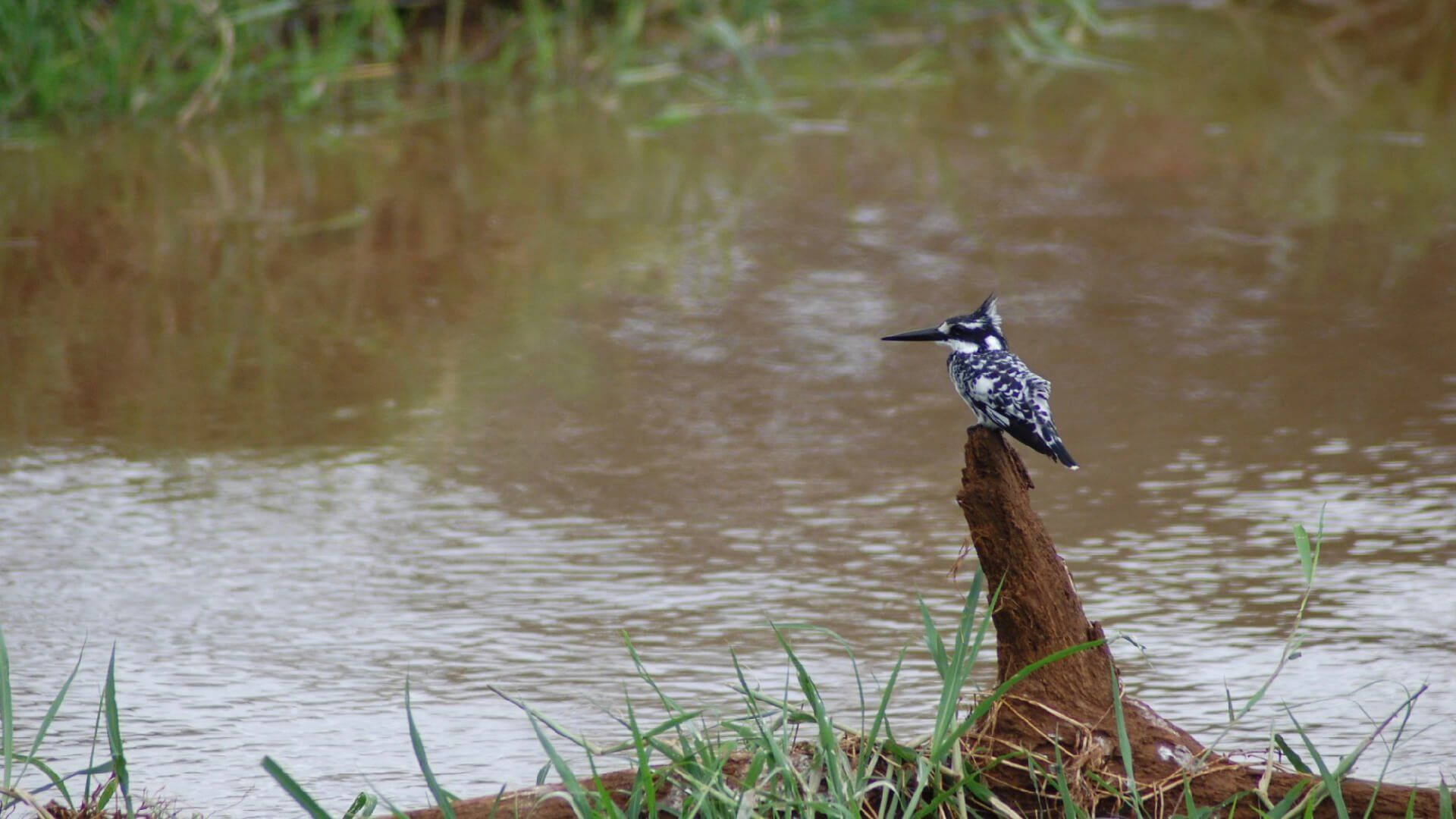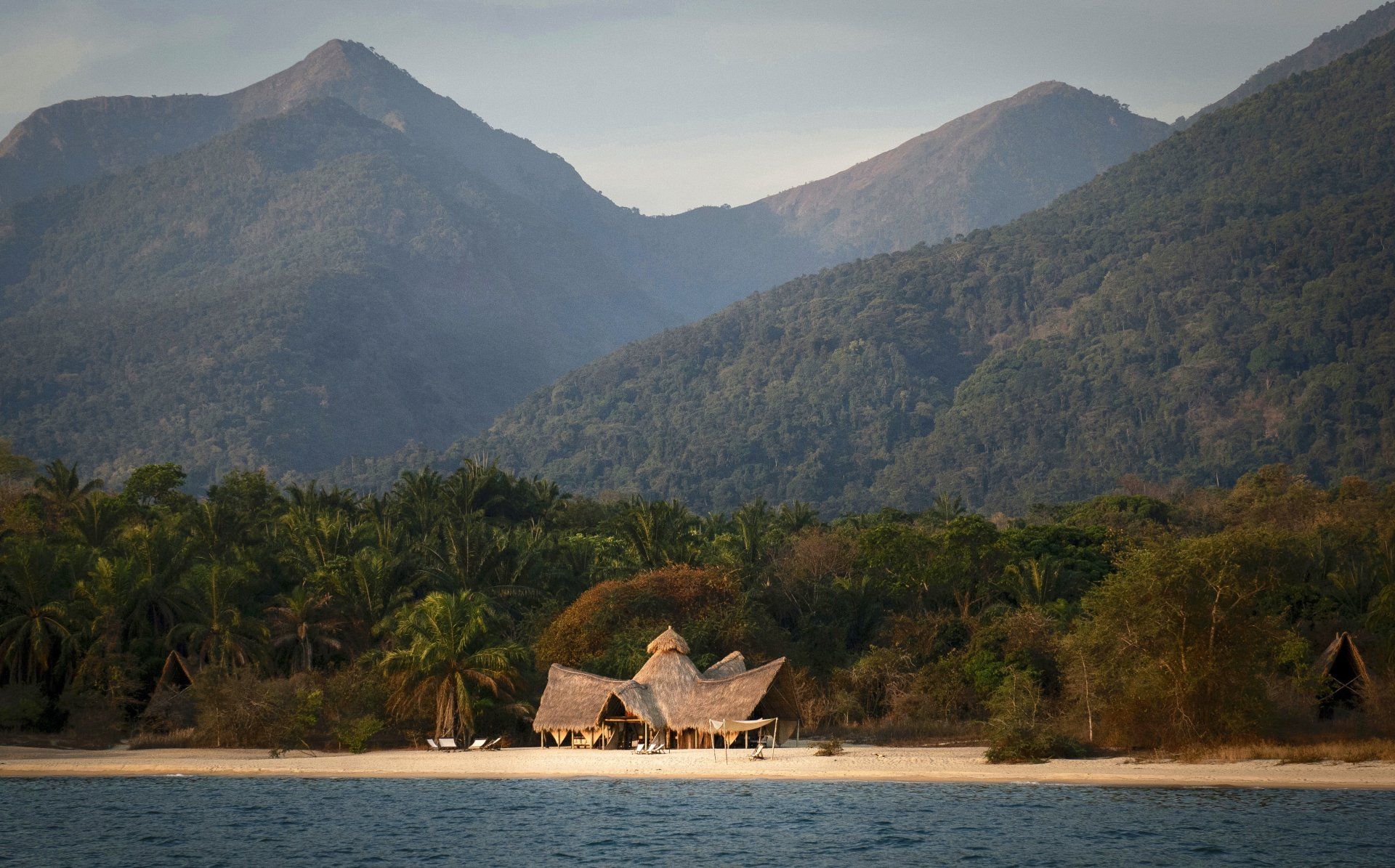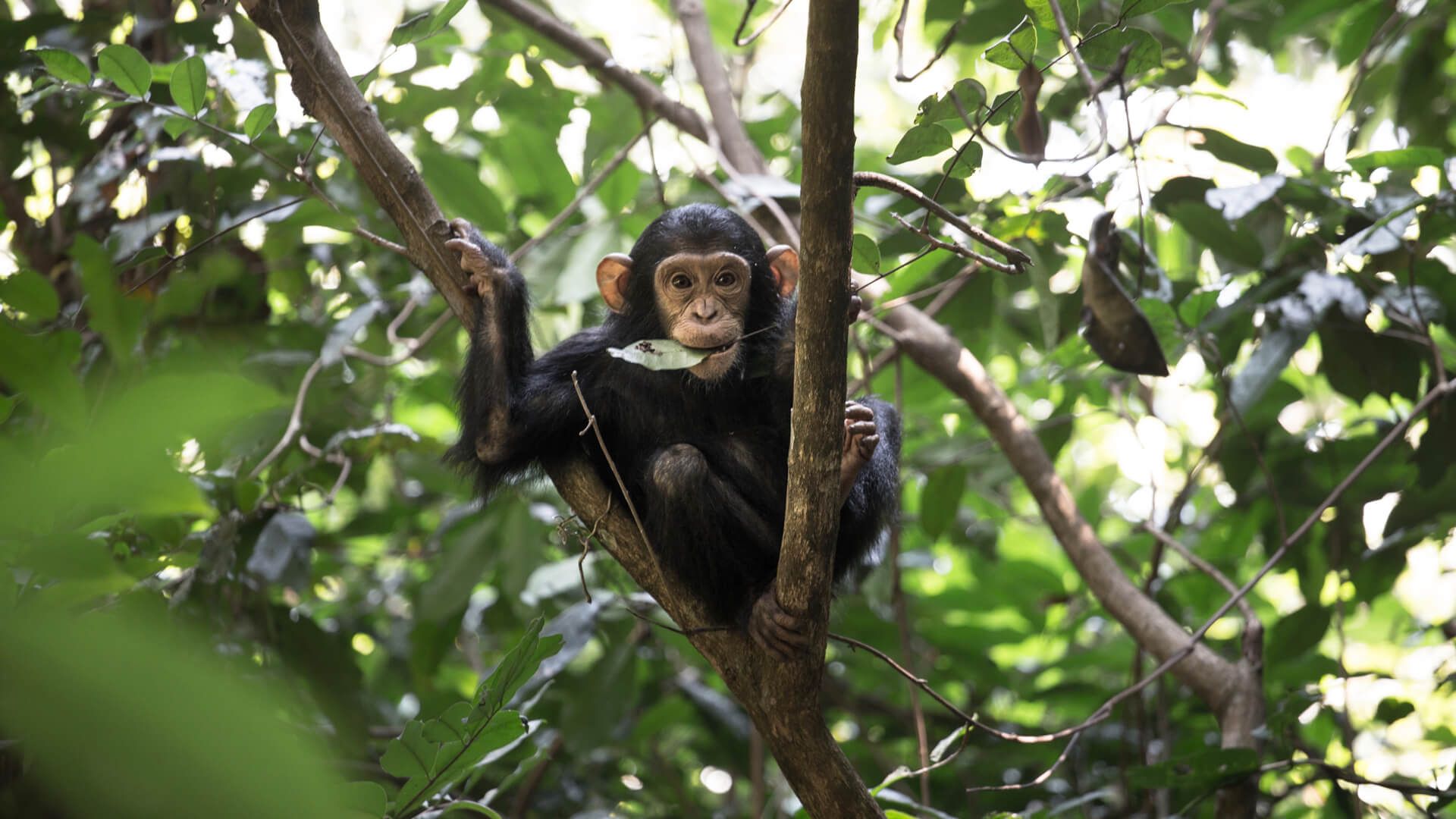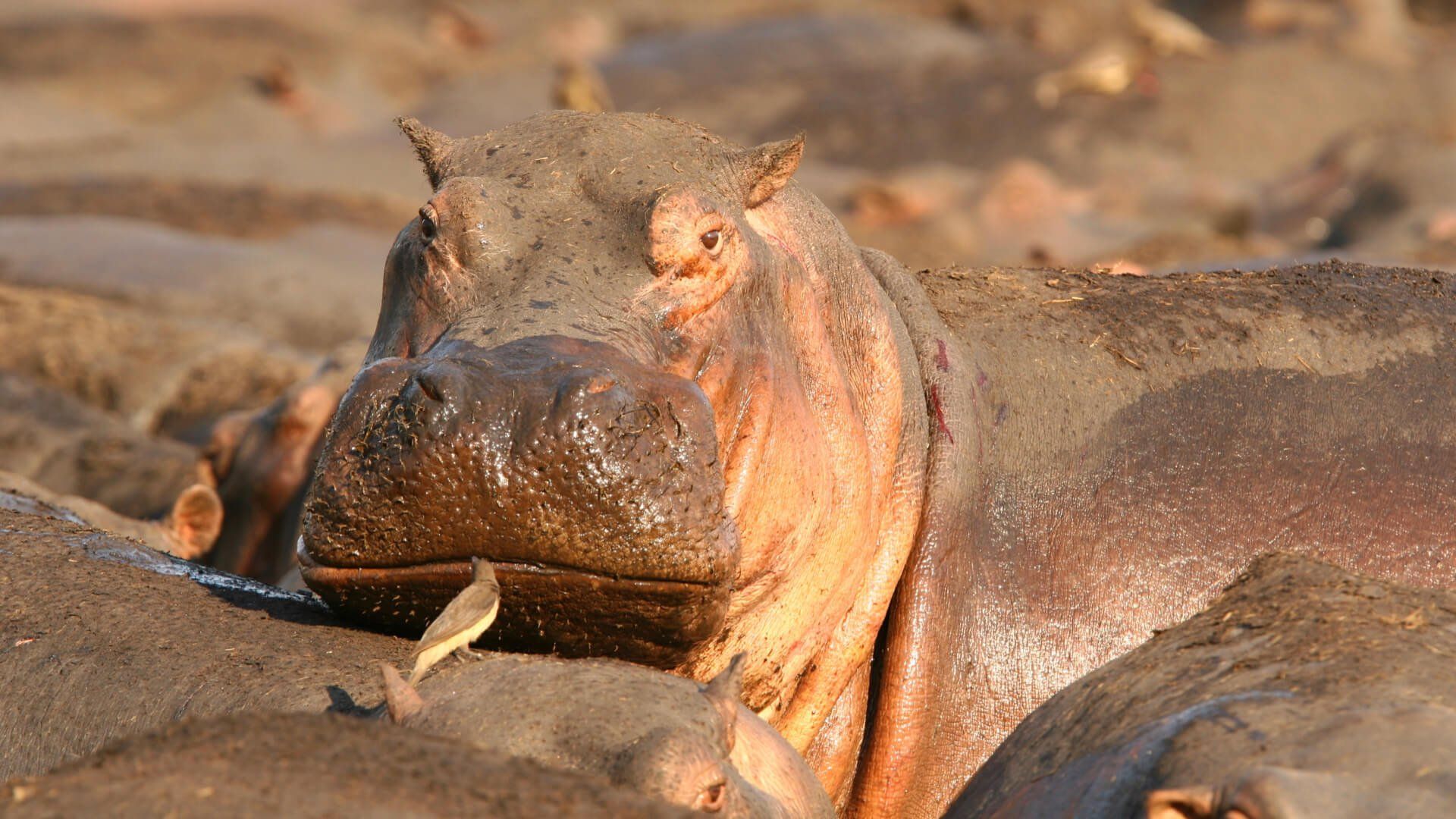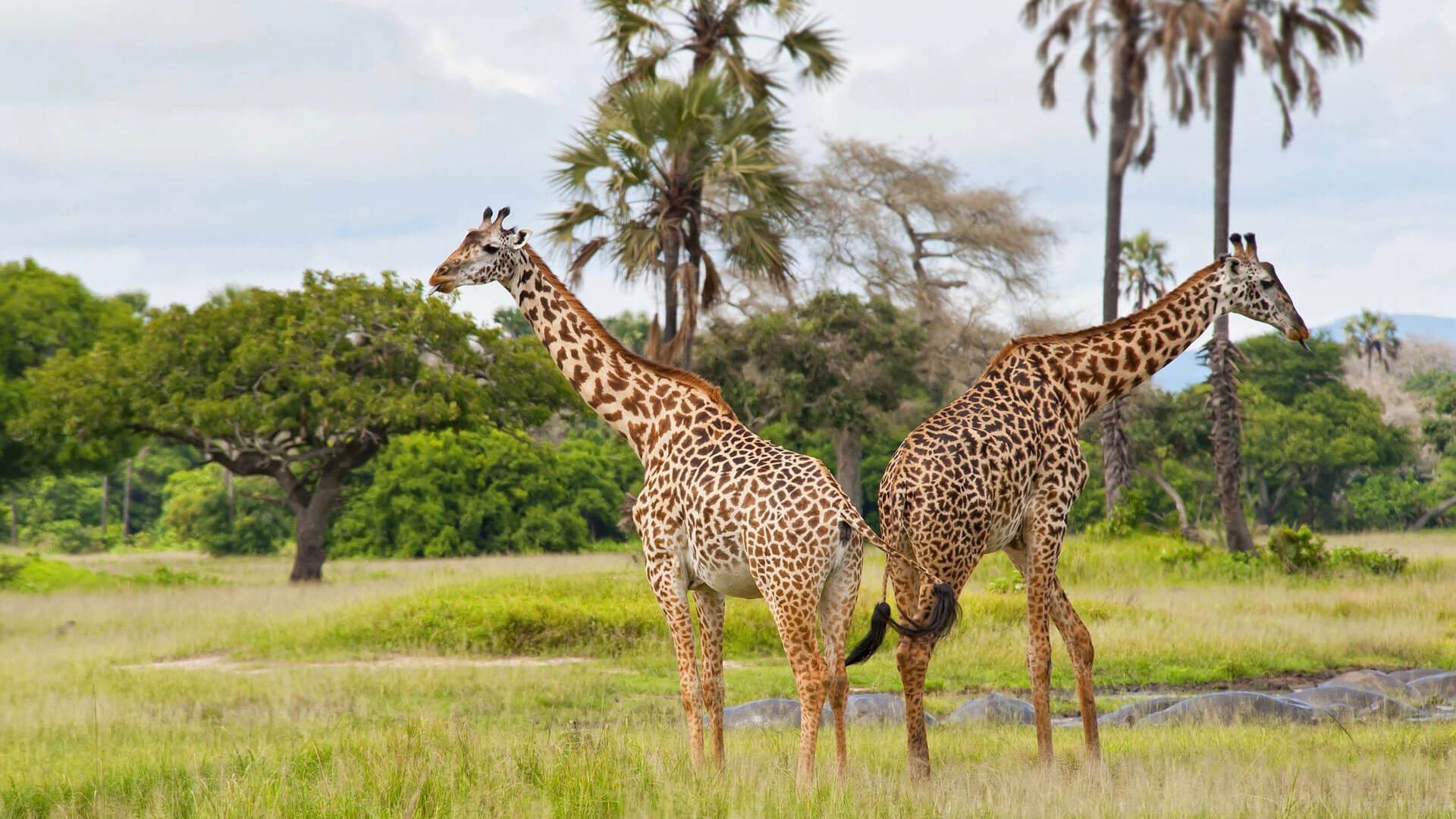TANZANIA WESTERN CIRCUIT
GOMBE STREAM NATIONAL PARK
- BEST TIME TO VISIT
Tracking chimpanzees within Gombe National Park may be conducted all year round. The chances of finding them easily is better close to the finish of the dry season, starting in July and ending in October.
The majority of the lodges are closed during April and May.
Between November and April, the sky is clear and the air is vapourless. An abundance of migratory birds transforms the park into a birding paradise. The park has a variety of beautiful butterflies. Forest tracks are normally very challenging since they are really slippery. Chimpanzees could be hard to find since they move uphill from the lake to the higher slopes. It becomes really hot and humidity is high.
- ACTIVITIES AT GOMBE STREAM NATIONAL PARK
PRIMATE TREKKING
Gombe Stream is one of the best places in Africa to track chimpanzees. First researched in the 60's by Jane Goodall, the primates are remarkably habituated. The project now ranks as the world’s longest running study of any wild animal population. Primate trekking and the premier attraction of the park, encounters with chimpanzees, are experiences that you are unlikely to forget.
Visitors are limited to one hour with each group of chimps
The activity is conducted between 06h30 – 18h30.
Guide cost – US$23.60 per group.
Children under age 15 are not permitted to enter the forest (they can stay at the rest house).
Additional fees apart from conservation fees apply.
WALKING SAFARI
Short walks along the shores of Lake Tanganyika.
Additional fees apart from conservation fees apply.
HIKING TO JANE’S PEAK VIEWPOINT
You will have a spectacular view of the ark and Lake Tanganyika with the sound of chimpanzees calling and screaming in the background. It is about a two hour from Kasekela.
Conservation fees apply. No additional costs.
BIRD WATCHING
Over 200 birds species roam the air, varying from the African crowned eagle that hunts monkeys, to the iconic fish eagle, three kinds of kingfisher and the bright Peter’s Twinspots. Another remarkable character is the palm-nut vulture; a near-vegetarian common to Lake Tanganyika that prefers fruits over carcasses.
KAKOMBE AND MKENKE WATERFALL
Kakombe is a 30-minute walk from camp and Mkenke waterfall a one-hour climb.
LAKE TANGANYIKA
The longest and deepest lake in Africa which harbours about 350 species of fish of which most are endemic. The lake shore offers sun bathing and sunset viewing opportunities.
MAHALE MOUNTAINS NATIONAL PARK
- BEST TIME TO VISIT
Mahale Mountains National Park can be visited throughout the year. The best time to visit is in the dry season from July to October when the chimpanzees tend to gather in bigger groups, closer to shore. You should still to able see them in the wet season, it may just require a little more walking.
During the wet season (April/May), spectacular thunderstorms over the lake delight visitors! Some camps, however, close during this period.
- ACTIVITIES AT MAHALE MOUNTAINS NATIONAL PARK
CHIMPANZEE TREKKING
Mahale is most famous for its chimpanzees, which number close to a thousand. One group, in particular, is highly habituated to humans after being studied since the 1960s by Japanese researchers.
Walking safaris to see these fascinating animals and observe them in their natural habitat is a magical experience. These interactions are strictly regulated to protect both the environment and the chimpanzees. It is almost unheard of for people to visit Mahale and not see them.
HIKING TO THE PARK’S HIGHEST POINT “NKUNGWE”
You will be accompanied by an armed ranger when climbing up Mount Nkungwe (2462m), Mahale’s highest peak. The usual arrangement is two days up and one down, camping midway and again near the peak. Trekkers must bring their own camping gear and food. The climb requires a reasonable degree of fitness, but the trail is in decent shape. A two-day option requires a willingness to scramble and hack your way through the bush.
GUIDED FOREST WALKS
Enjoy a guided forest walk which will unveil the fantastic fauna and flora of the region - from other primates to bush pigs, a kaleidoscope of butterflies, bushbuck and a plethora of bird species.
SWIMMING
Mahale offers fine snorkelling and swimming opportunities. Unfortunately, humans aren’t the only ones who enjoy its powder-white beaches and beautiful water. Mahale’s large crocodile population means that swimming and snorkelling are only allowed in certain places and may be banned at times.
KATAVI NATIONAL PARK
- BEST TIME TO VISIT
Katavi National Park is a very seasonal park and while it is still accessible in these months, the period between December to March is not considered to be the best time to visit Katavi. The months of April and May is the rainy season and due the remoteness of the park accessing it becomes tricky. June to November is deemed the best time to visit Katavi. With its open grasslands and vast buffalo herds, the daily gauntlet to the water side is a spectacle that few will ever witness.
- ACTIVITIES AT KATAVI NATIONAL PARK
GAME DRIVES
One of the most common activities in the Katavi National Park is taking a game drive to the untouched wilderness and see animals like large herds of cape buffalos, wildebeests, giraffes, elephants, hippos, cheetahs, hyenas, wild dogs, leopards, hartebeests, deffasa water bucks, lions and many more. The best place for excellent game viewing is within the Katuma river. Katavi National Park is believed to be harbouring the largest herds of buffalos in the whole world.
WALKING SAFARIS
Accompanied by a guide and an armed scout, you could find yourself watching elephants from up close and see their manoeuvrability, despite their size. While meandering along the river line, you should see all the different birds around the pools as well as crocs and hippos who are a big feature of Katavi life. Animals who typically take flight at the sound of a vehicle, won't even know you're there and that's what makes walking out here such an incredible experience.
BIRD WATCHING
Katavi is one of the best destinations for bird lovers in Tanzania as it is blessed with over 400 bird species. Some of the birds seen at Katavi National Park are the African fishing eagle, lilac breasted rollers, paradise flycatchers, bateleurs and saddle billed stork.
VISIT HISTORICAL SITES
Katavi National Park is rich in history, with the park containing Stone Age sites of the ninetieth century towns. The Kabora-Iyonga slave route passed through the protected area during slave trade period. The towns are very rich in cultural diversity making it a good destination for those who love to do cultural visits and learn history and people’s ways of life.
FLY CAMPING
Walk to your fly camp where you will spend a night out under the stars. You'll sleep in a mosquito netted tent that is small but with enough room for a bedroll kitted out with a soft mattress, sheets and a feather pillow. The whole point about fly camping is being out there at night, lying on your back gazing at the night sky through the roof of your netted tent while listening to the animal sounds that differ so much from those you would hear in daytime. Under the careful guard of your guide and armed ranger you can drift off to the bush lullaby and just absorb it all.

